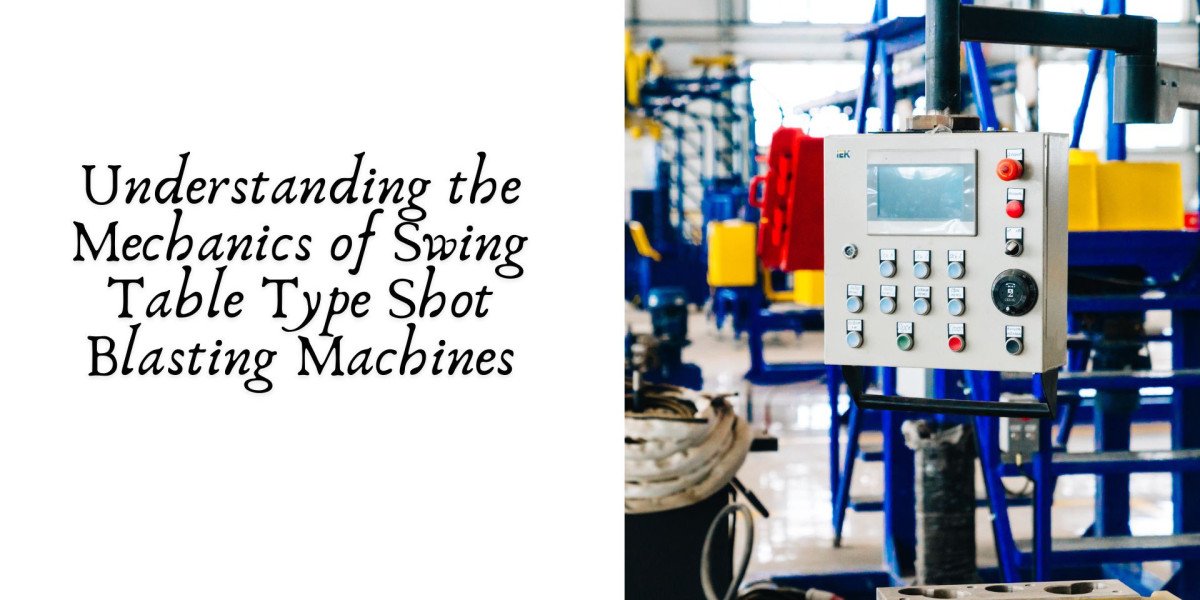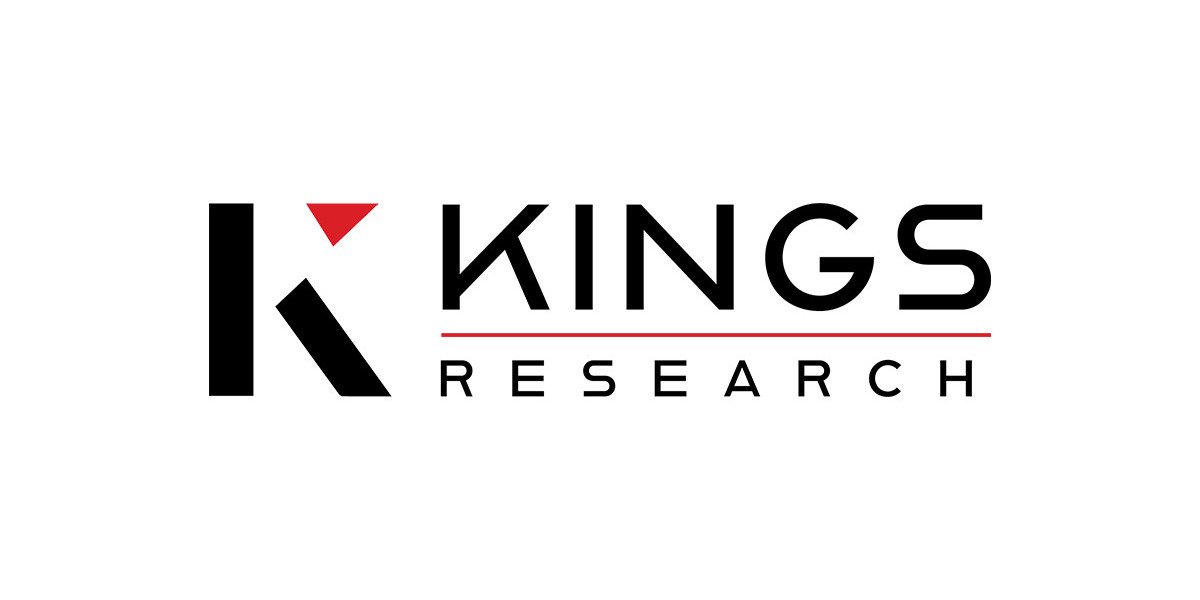Shot blasting machines are indispensable tools in various industries, where surface preparation and cleaning play pivotal roles in achieving desired outcomes. Among the different types available, swing table type shot blasting machines stand out for their efficiency and versatility. This article delves into the mechanics of swing table type shot blasting machines, exploring their components, operation principles, applications, and benefits.
Introduction to Swing Table Type Shot Blasting Machines
Swing table type shot blasting machines are designed to handle a wide range of workpieces, from smaller components to larger, bulkier items. They derive their name from the unique swinging motion of the work table, which allows for optimal exposure of all sides of the workpiece to the blasting media. This swinging action ensures thorough and uniform blasting, resulting in consistent surface finishing.
Components and Construction
Typically, a swing table type shot blasting machine consists of several key components:
- Work Table : The central element that swings or rotates, carrying the workpieces through the blasting chamber.
- Blast Wheels : These are the heart of the blasting process. Blast wheels propel abrasive media (such as steel shot, grit, or beads) at high speeds onto the surface of the workpieces. The number and configuration of blast wheels vary depending on the machine size and intended application.
- Abrasive Recovery System : Responsible for collecting and recycling the abrasive media after it has impacted the workpieces. This system typically includes a recovery hopper, an elevator, an abrasive cleaner (like an air wash separator), and a storage hopper for reused media.
- Dust Collector : Ensures that dust and debris generated during the blasting process are efficiently captured and removed, maintaining a clean working environment and preventing contamination.
- Control System : Modern machines are equipped with advanced control systems that manage and monitor the blasting process parameters, such as blast wheel RPM, conveyor speed, and abrasive flow rate. These systems often include touch-screen interfaces for user-friendly operation and monitoring.
Operation Principles
The operation of a swing table type shot blasting machine involves several sequential steps:
- Loading : Workpieces are placed on the swing table either manually or through automated loading systems.
- Swinging Motion : The swing table moves the workpieces into the blasting chamber, where they are exposed to the abrasive stream from the blast wheels.
- Blasting : As the workpieces rotate or swing, the blast wheels project abrasive media onto their surfaces, removing contaminants, rust, scale, or old coatings.
- Unloading : After blasting, the swing table swings out of the blasting chamber, and the cleaned workpieces are unloaded for further processing or inspection.
Applications
Swing table type shot blasting machines find applications across various industries:
- Automotive : Cleaning of automotive components like engine blocks, cylinder heads, and chassis parts.
- Foundry and Forging : Preparation of castings and forgings for finishing operations.
- Aerospace : Surface preparation of aerospace components for painting or coating.
- General Manufacturing : Cleaning and descaling of metal plates, profiles, and structural components.
Advantages
The advantages of swing table type shot blasting machines include:
- Efficiency : High throughput due to simultaneous blasting of multiple workpieces.
- Versatility : Ability to handle a wide range of part sizes and shapes.
- Quality Control : Consistent and uniform surface finish across all treated components.
- Cost-effectiveness : Reduced labor costs and increased productivity compared to manual blasting methods.
Conclusion
Swing table type shot blasting machines represent a significant advancement in surface treatment technology, offering efficiency, versatility, and quality control benefits across diverse industrial applications. Understanding their mechanics and operational principles is crucial for optimizing their performance and integrating them effectively into manufacturing and maintenance processes. As industries continue to demand higher standards of surface preparation and finishing, these machines will remain essential tools for achieving superior results efficiently and economically.
Name: Process & System
Address: Modi House, Ground Floor, 14, Raja Naba Krishna Street, Kolkata - 700 005, WB, India
P.No.: 9051202216








